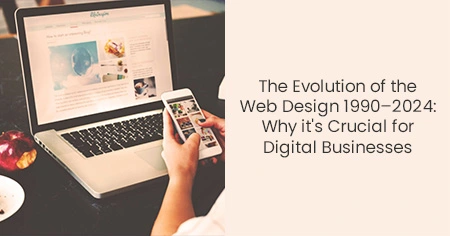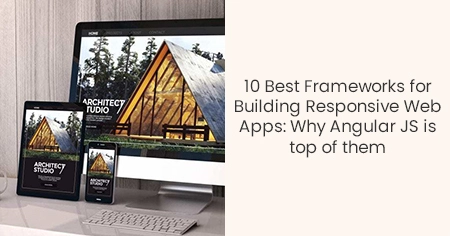The evolution of web design is about more than aesthetics; it is about how technology and user needs have influenced how information is presented and consumed online.
Over the last few decades, web design has progressed from simple, static web pages to dynamic, interactive websites that meet a wide range of user needs. As we enter 2024, it's evident that the evolution of web design services is far from over. This article will examine the web design journey and Why it's Crucial for Digital Businesses.
The Evolution of Web Design, 1990-2024:
As we continue our exploration of web design, it is critical to understand how the field has evolved. Rapid technological advancements and changing user preferences have reshaped the web design landscape in unimaginable ways.
Late 1990s: A period of Experimentation
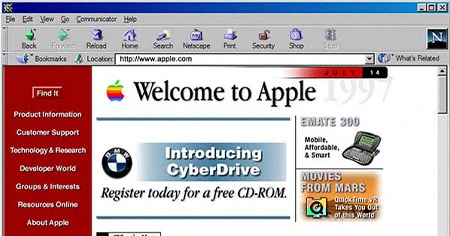
During the late 1990s, web design experienced a period of Experimentation. With the advent of new tools and technologies, designers began to push the limits of what was possible on the Web.
Emergence of Dynamic Websites
In the late 1990s, dynamic websites emerged, allowing content to be updated in real-time without requiring a page reload. This marked a significant shift from the static sites of the early Internet era.
2007: The Era of Mobile
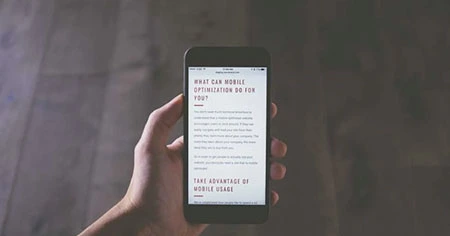
Smartphones and other mobile devices have revolutionized how people use and think about the Internet. However, before 2007, the situation was very different. The vast majority of websites were not "mobile-friendly".
Using the Web on mobile devices required much work, forcing web designers to develop a more practical approach to mobile web design. The introduction of the first iPhone in 2007 was one reason why changes had to be made in web design to allow users to access the Web better on Mobile devices.
CSS Revolution (2000-2005)
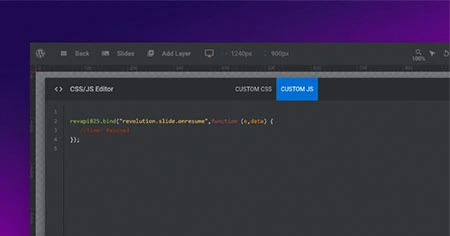
The introduction of Cascading Style Sheets (CSS) at the turn of the century marked a turning point in online design. This period is also known as the CSS Revolution because it fundamentally altered how web pages were built. CSS enabled the separation of text from layout and styling, which resulted in simpler HTML code and greater design flexibility for web designers. Because of this division, online pages could be visually altered and styled while retaining their underlying HTML structure.
2006: Social Media as a New Frontier for Web Design

The rise of social media platforms such as MySpace in 2003 and Facebook in 2004 transformed how people interacted online. These platforms influenced not only how people communicated but also web design trends. Businesses recognized the potential of social media for marketing, increasing demand for ads, widgets, and graphics tailored for these platforms.
2007- The Mobile Revolution Continues
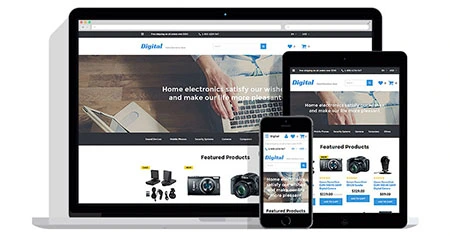
The release of the first iPhone in 2007 marked a watershed moment in web design. The iPhone established the benchmark for mobile web experiences with its advanced browser capabilities. This period also saw the decline of Flash, owing to its incompatibility with mobile devices and the rise of alternative technologies.
2010: The Rise of Responsive Design
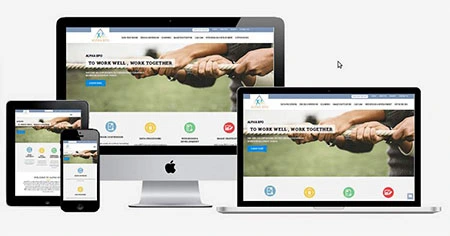
Responsive design was introduced in response to the growing popularity of smartphones for accessing the Web. The technology enables web Design Companies to create websites that automatically adjust and scale to any size, regardless of the device used.
Responsive design is no longer just a trend; it is a necessity. To ensure that websites appear professional and credible and give users a pleasant browsing experience, web designers must optimize for all devices.
2010s: The Mobile Web Takes Over
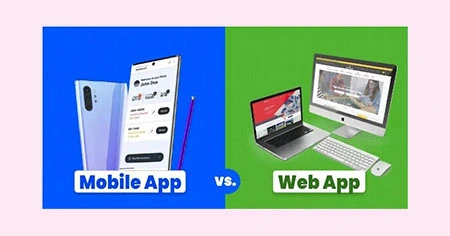
The increasing number of mobile devices dominated the 2010s. With smartphones becoming more common, web design had to adapt to smaller screens and new user behaviours.
2011-2015 - Web Design Evolves Further
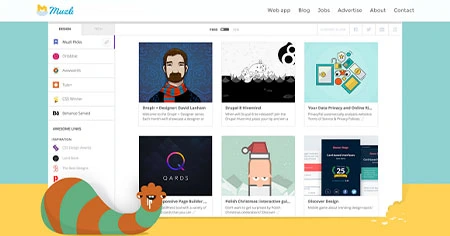
Web design evolved further during this period, with websites adopting unique designs and styles as brands competed for differentiation. The popularity of mobile device usage has also resulted in the widespread use of mobile websites and responsive design.
Magazine-style website layouts with columns and textures, as opposed to single-colour backgrounds, also gained popularity. There was also a focus on infographics, which organized information through digital imagery.
2016-2019 - Minimalist Design

Responsive design has grown in popularity recently as websites adapt to the devices used to view them. Design trends have continued to captivate and inspire. Responsive websites are preferred because they adjust to different screen sizes. Website owners want to ensure their sites provide a positive user experience regardless of the device.
Instead of cluttering your screen with unnecessary information, websites now strive to provide a streamlined user experience and meet the needs of their visitors.
Smart Websites That Play Nice (2020-2024).
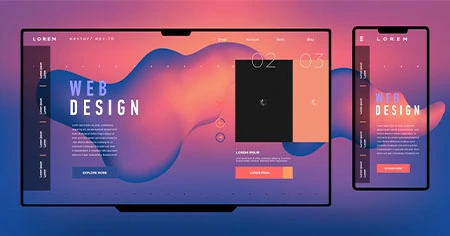
Today, we are seeing the integration of AI into web design. Consider sites that adapt on the fly based on your browsing habits, similar to a butler who understands your dislike for slow service and your fondness for cat memes. Artificial intelligence is making websites faster, innovative, and creepily intuitive.
Looking Ahead: The Future of Web Design
The future of web design looks promising. With a focus on inclusivity, designers are working to create websites that are accessible to all, including people with disabilities.
VR and AR will be the next big thing in web design. We're talking about browsing in a completely immersive 3D world. Shopping online could entail strolling through a virtual mall, selecting products from shelves, or changing the wallpaper in your living room with the flick of a virtual wrist.
Why Web Design is Crucial for Digital Businesses:
- Good web design is essential because it can make or break your online presence. It sets the basis for how potential customers perceive your company.
- A website acts as a virtual storefront open 24 hours a day, seven days a week, allowing potential customers worldwide to discover your brand.
- A website enables businesses to interact directly with their target audience. Customers can quickly contact us with questions or feedback by incorporating features such as contact forms, live chat, or chatbots.
- A website is a digital showroom for your offerings, allowing businesses to highlight their products, services, and unique brand stories.
- Websites provide valuable data insights to help businesses decide and optimize their strategies.
- With tools like Google Analytics, businesses can track website traffic, user behaviour, conversion rates, and other metrics.
- A professional website with a polished design, informative content, and testimonials or case studies can significantly impact customers' perceptions of your Web Design Company.




